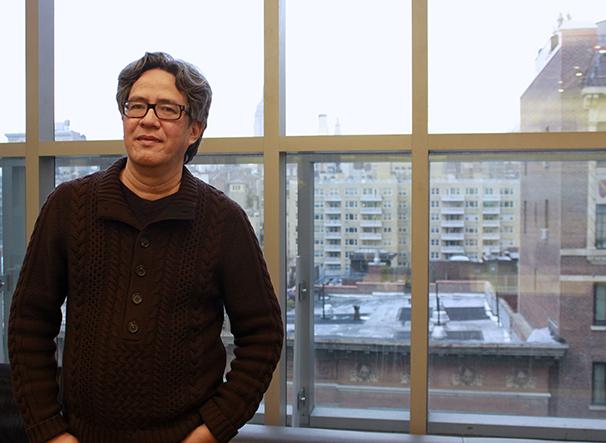
Biology professor Michael Purugganan and Long Island University professor Jeanmaire Molina found that Rafflesia, a parasitic genus of plants endemic to southeast Asia, has most likely lost its chloroplast genome.
Researchers from NYU, NYU Abu Dhabi, LIU, the Philippine Genome Center, University of Canterbury, University of Arizona and Southern Illinois University sequenced the plant’s genome, attempting to find the chloroplast genome. Purugganan explained the difficulty the researchers faced.
“In science, one of the hardest things to show is that something isn’t there,” Purugganan said.
The plant is dominated by a large flower and roots that parasitize a specific vine. Purugganan said Rafflesia smells like rotting flesh in order to attract the flies that pollinate it. As a parasite, the plant diverges from typical plants, which are photosynthetic autotrophs.
Biology professor Eric Brenner said the plant has evolved into a heterotroph.
“It has lost its chloroplast DNA since it is no longer needed for survival,” Brenner said. “When things are not needed for survival, they are typically lost through natural selection.”
The plant was known to lack chloroplasts because it obtains all of its sugars, or energy, from its host vine, which is in the same family as the grape vine.
It was once thought that parts of the chloroplast genome were necessary for essential plant functions apart from photosynthesis, such as the code for heme, a contributing force in energy production. Despite the parasitic nature of the plant, heme is still crucial for the plant’s survival, the reseachers explained.
Purugganan speculates the DNA that codes for essential molecules, like heme, were transferred to another part of the Rafflesia genome, in the nucleus or mitochondria.
A study by David Smith from the University of Western Ontario and Robert Lee from Dalhousie University was conducted on a unicellular alga, and Purugganan said they reached similar conclusions.
“The plants are very distantly related,” Purugganan said. “But it called into question this idea that you had to have the genome of the chloroplast hanging around. Now we have two examples and there might be more.”
Parasitic plants produce many secondary chemistries, which Purugganan says are important in pharmaceuticals. However further study is needed to determine if there are any uses and what kind exist for the plants in medicine.
CAS sophomore Elise Traywick said biology curricula may change because of the new findings.
“Students are taught that all plants are photosynthetic, and all have a separate plastid genome,” Traywick said. “Now, they will have to start teaching these exceptions, and possibly rearrange the order in which they teach certain sections in order for the students to understand why this has occurred.”
A version of this article appeared in the Thursday, March 6 print edition. Claire Scimeca is a contributing writer. Email her at [email protected].






















































































































































